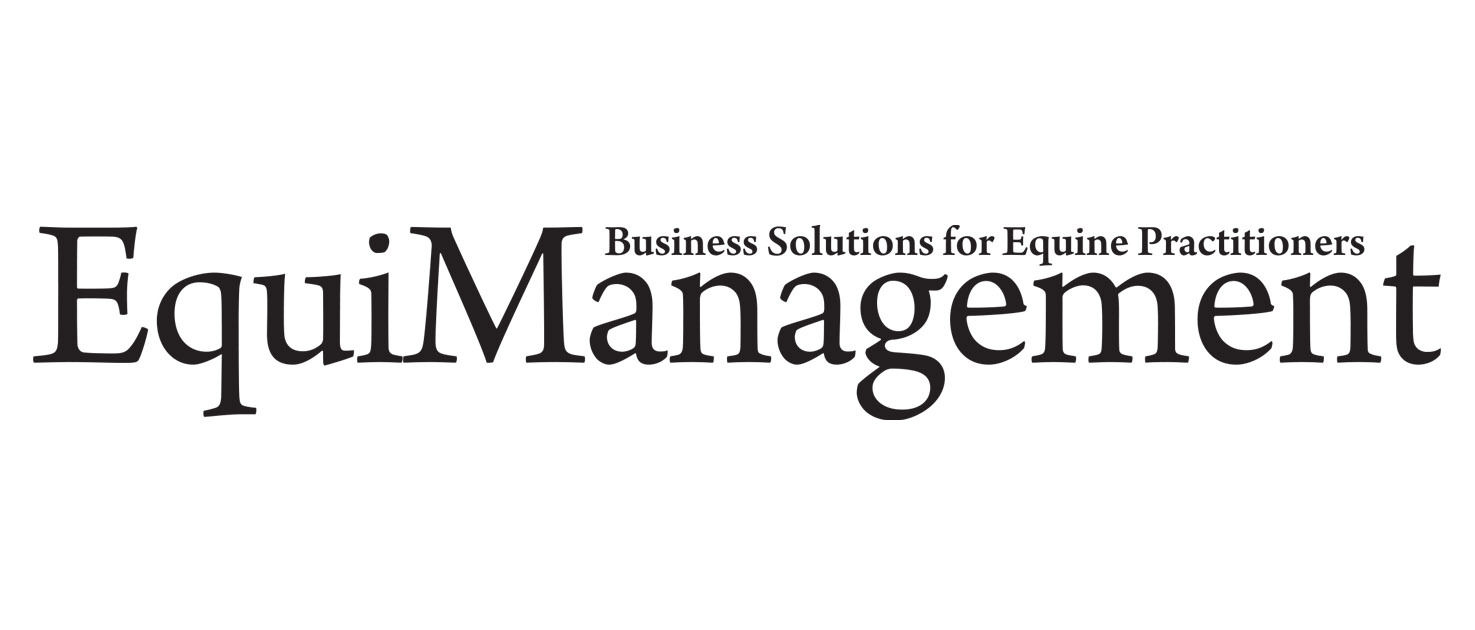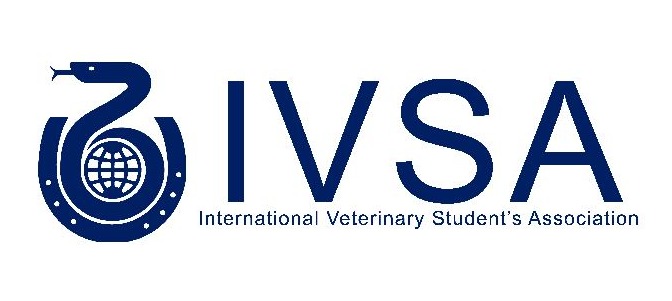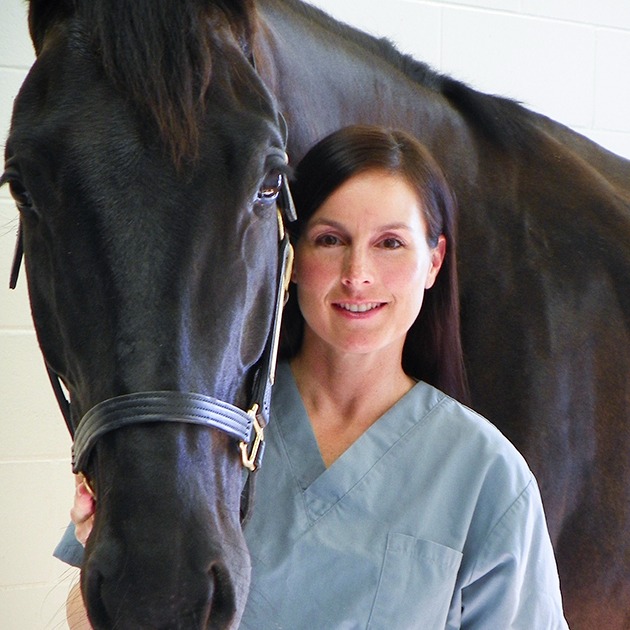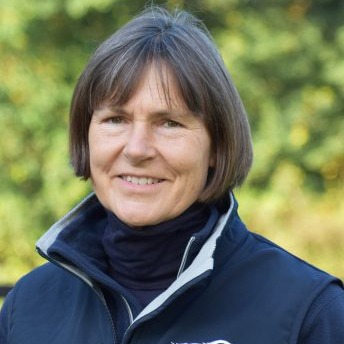Foot MRI & Relevance to Foot Lameness (incl. PPE MRI) Part 1
Species
Equine
Contact Hours
3.5 Hours
Early Booking Deadline
Thu, 01 January, 1970
Registration Deadline
Thu, 01 January, 1970
Language
English
Discipline
Diagnostic Imaging
Orthopaedics
Sports Medicine
Surgery
Industry Partners
Global

Veterinary Partners
Global


Recorded on: 13th October 2020
Panelists:
Myra Barrett DVM, MS, BA, DACVR – Colorado State University, USA
Natasha Werpy DVM, DACVR – University of Florida College, USA
Rachel Murray MA, VetMB, MS, PhD, DACVS, Assoc ECVDI, MRCVS – Rossdales Diagnostic Centre & VetCT, UK
Moderator:
Michael Schramme DrMedVet, CertEO, PhD, DECVS, DACVS, Associate LA-ECVDI – VetAgro Sup, France
PANEL DISCUSSION DESCRIPTION
MRI has become the definitive method of diagnosis for lameness caused by injury in the horse’s foot. MRI allows a complete assessment of all musculoskeletal tissues including cartilage, tendons, ligaments, joint capsule, synovial fluid, and bone. Especially bone marrow lesions can only be detected on MR images. MRI has the ability to differentiate between fibrous scar tissue and collagen necrosis in tendons and ligaments. MRI is the only diagnostic imaging modality that can accurately stage degenerative disease of the podotrochlear apparatus. A correct diagnosis of foot lameness, that leads to an accurate prognosis and selection of an appropriate treatment, is only possible after MRI evaluation. However, controversy still remains and mainly centres around the following topics:
- Deep Digital Flexor Tendon Injuries:
- How can we age or stage deep digital flexor tendon lesions in the foot?
- What is the meaning of T1 or PD signal increase in the DDFT without concurrent T2 or STIR signal? Scar tissue or degeneration?
- Should we systematically scan the pastern region to look for concurrent lesions more proximally?
- What is the true prognosis of these injuries?
- Is distinction between different injury types useful?
- Is bursoscopic debridement worth the effort/cost?
- The Navicular Bursa:
- Is effusion significant and how much is acceptable?
- How reliable is the diagnosis of 'adhesions'?
- Are adhesions clinically significant?
- Hoof Wall Masses:
- What is the difference between hoof wall masses without signal and hoof wall masses with isointense or anintense signal? Are they all keratomas?
- Which ones are clinically significant?
- Ossification of Ungular Cartilages:
- When is their presence clinically significant?
- Dorsodistal Bone Bruises of the Middle Phalanx:
- Pathogenesis, prognosis & significance?
- Dorsal and Peripheral Osseous Fluid in the Distal Phalanx:
- What does it mean and when is it clinically significant (pedal osteitis?)
- Distal Phalanx & Navicular Bone Fractures:
- What is the role of soft tissue involvement – does it affect the prognosis?
- Osseous Cyst-like Lesions of the phalanges:
- How to distinguish clinically significant lesions from incidental findings?
- Follow-up MRI?
- What is its role?
- When is it indicated and when is it best performed depending on the type of lesion?
- Should it be made more readily available?
- Pre-Purchase Exam MRI:
- What is its role?
- What abnormalities in the foot and pastern regions concern you?
Michael Schramme qualified as a veterinarian from the University of Gent, Belgium, in 1985. He has since worked as a resident, lecturer, senior lecturer or associate professor in equine surgery at the University of Ghent, the Royal Veterinary College (London), the Animal Health Trust (Newmarket), Cornell University (New York) and North Carolina State University (USA). In 2011, Dr. Schramme was appointed Professor in Equine Surgery and Orthopaedics at the Ecole Nationale Vétérinaire de Lyon, VetAgro Sup in France. He holds the Certificate in Equine Orthopaedics, the Diploma of the European College of Veterinary Surgeons, the Diploma of the American College of Veterinary Surgeons, the Diploma of the European College of Veterinary Sports Medicine and Rehabilitation and Associate Diplomate status of the European College of Veterinary Diagnostic Imaging. He has a PhD in equine rheumatology. Dr. Schramme is President of the European College of Veterinary Surgeons and ex-President of the European Society of Veterinary Orthopaedics and Traumatology. He has an interest in all aspects of large animal surgery, lameness and diagnostic imaging with special emphasis on MRI and regenerative medicine.
Dr. Barrett is an associate professor of equine diagnostic imaging Colorado State University. Dr. Barrett's primary research and clinical interests are equine musculoskeletal imaging and comparative imaging, and she works closely with the equine surgery and sports medicine services. She is a founding partner of Inside information Radiology, a dedicated equine teleradiology service. She routinely speaks at equine veterinary meetings and is regularly involved in continuing education courses, including courses that draw an international audience. Dr. Barrett is dedicated to the advancement of the specialty of equine diagnostic imaging and is currently the president of an AVMA newly recognized subspecialty – ACVR-Equine Diagnostic Imaging. Outside of work, she enjoys biking, skiing, riding horses, and spending time with her family.
Dr. Natasha Werpy is a Diplomate of the American College of Veterinary Radiology and specializes in equine imaging. She graduated from the Colorado State University in Fort Collins, CO (CSU) in 1999. After completing an equine internship in 1999-2000, she completed an imaging internship with Dr. Norman Rantanen followed by a diagnostic imaging residency with Dr. Rantanen and Colorado State University. She worked as the Medical Imaging Director at the Gail Holmes Equine Orthopaedic Research Center at Colorado State University from 2004–2011. She worked part time as an Associate Professor of Diagnostic Imaging at the University of Florida in Gainesville from November 2011 – January 2016. Dr. Werpy is a Consulting Radiologist at Advanced Equine Imaging of Wellington, and at the Ocala Equine Hospital, both in sunny Florida.
Rachel is a highly experienced Sport Horse Clinician, who is based at Rossdales Diagnostic Centre. She joined our team in October 2019, having spent more than 20 years at the Animal Health Trust where she was responsible for the Equine MRI diagnostic service, ran the orthopaedic research group and provided a clinical service focused on imaging, poor performance and rehabilitation in sport horses.
Rachel graduated from University of Cambridge before specialising in equine surgery, undertaking an internship and surgical residency in the USA, becoming a Diplomate of the American College of Veterinary Surgeons. After 5 years in the USA, she returned to England as an equine surgeon at the University of Cambridge Veterinary School. She subsequently completed a PhD, investigating exercise-associated joint adaptation and injury in horses.
She has led many studies investigating sport horse training, injury and performance, including for British Dressage, British Eventing, British Equestrian Federation and the FEI. She has also published numerous articles on orthopaedic problems and advanced imaging in horses, contributed to a number of books and edited the standard text on Equine MRI.
Rachel also works for the British Equestrian Federation in various roles, from scientific advice to practical veterinary assessments with various GB squads. Rachel has been providing advice for the BEF World Class Programme since 2009 and has been integrally involved in the maintenance and preparation of numerous team horses for Championships and Olympic Games. She is an FEI treating veterinarian, has worked as a veterinary surgeon with the GB Dressage and Show jumping teams, including as a team vet, and was an official treating veterinarian at the 2012 Olympics.
Rachel has experience training and competing horses to Grand Prix and international level dressage, has competed in a variety of equestrian sports, and is a BHS accredited professional coach.
If the options you are looking for are unavailable, please contact us.
No tax will be added unless you are a UK taxpayer
Choose currency at checkout


















